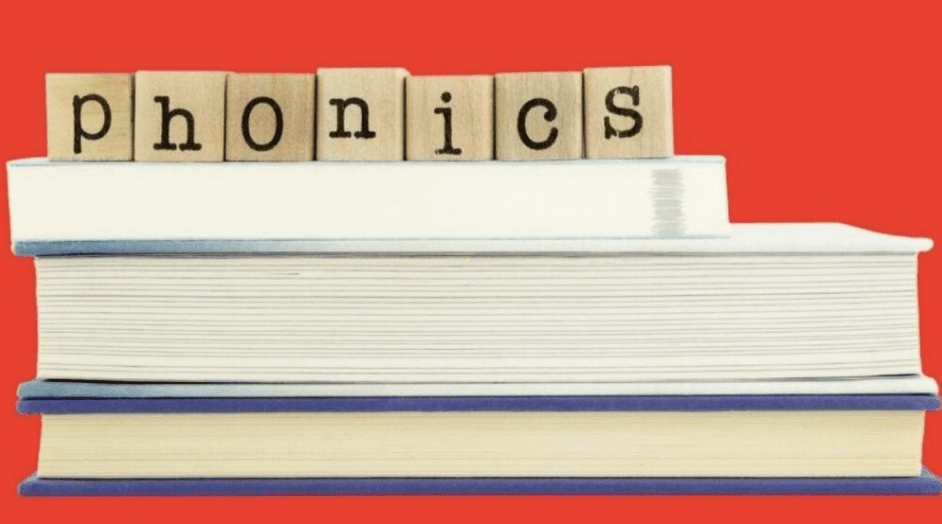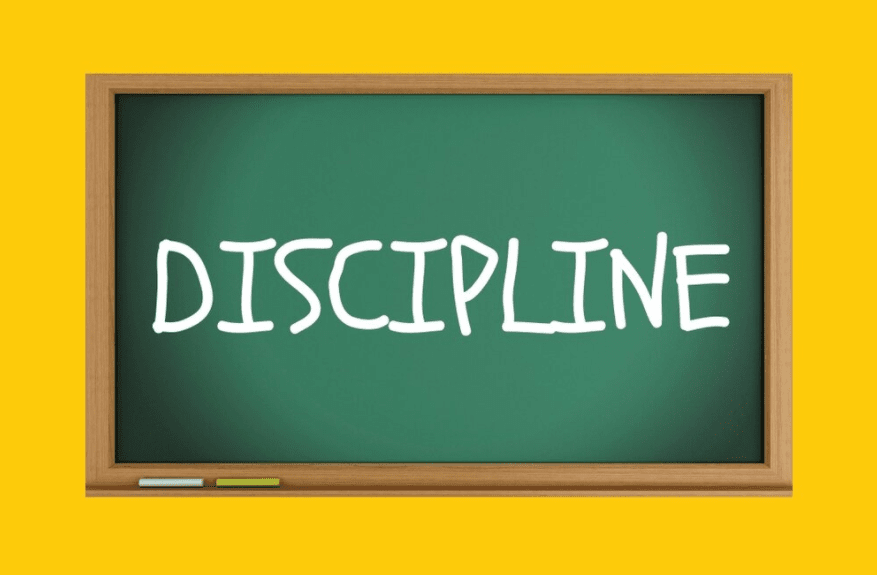
Although unplanned, teachable moments can lead to some of the most significant learning experiences kids have. They are often more memorable than daily lessons because they come about authentically from children’s questions, misconceptions, or interests. Therefore, they feel relevant, which always makes learning more meaningful.
So how do we recognize a teachable moment when it presents itself? Teachable moments, as they pertain to the classroom, share the following traits: a majority of students show interest, many
students are asking questions or participating in the discussion, they have some level of prior knowledge on the topic, and they are curious to learn more about it.
Teachable moments can also happen at home. Anytime your child asks a question that can lead to meaningful understanding gives you an opportunity for a teachable moment! They can also occur when your child has made a mistake she can learn from, as long as you help facilitate that learning.
The Difference Between a Teachable Moment and “Just a Question”
Teachable moments are often sparked by a student asking a question, but not all questions lead to teachable moments. Sometimes, a student is just asking a simple clarifying question about the content he or she is learning. The teacher (or parent!) answers it, then everyone moves right along. But if the question requires a tangent or clarification of a misconception, it might just have sparked a teachable moment.
Examples of Teachable Moments
Your students are listening to a read-aloud. One student raises his hand to make a comment about the main character. The student’s comment exposes a misconception he holds about a culture or group of people. You take a few minutes to address the misconception, and discuss why the misconception may exist before returning to the read-aloud.
You’ve taken your child on a trip to the grocery store. You ask your child to add up the groceries as you add them to the cart. She tries to add them up in her head by rounding as she’s practiced in school, but when it comes to check out, the total is way higher than her estimate (because she rounded down more than she rounded up!). Luckily, you brought extra cash. This is a teachable moment in how to use estimation to best serve real-world purposes.
Why to Leverage Teachable Moments
We all know that students should take interest in what they are learning. If someone else dictates 100% of their learning, then there’s no guarantee that they’ll ever take an interest at all! While this may seem extreme, when a child’s interest in a topic is ignored or put off indefinitely, she or he is likely to feel turned off to learning altogether. Plus, if what they are interested in is addressed, then students just might develop an interest in the core content as well.
Sparking Teachable Moments
While teachable moments are usually spontaneous, you don’t necessarily have to wait for children to present the opportunity. The best way to create teachable moments is to introduce them to something new. When you do, don’t give them too much information right away! Give them a short overview, and let their questions guide the rest of the conversation. You’ve just opened the door to some potentially great teachable moments! The more teachable moments children experience, the more excited they’ll be about their learning.




